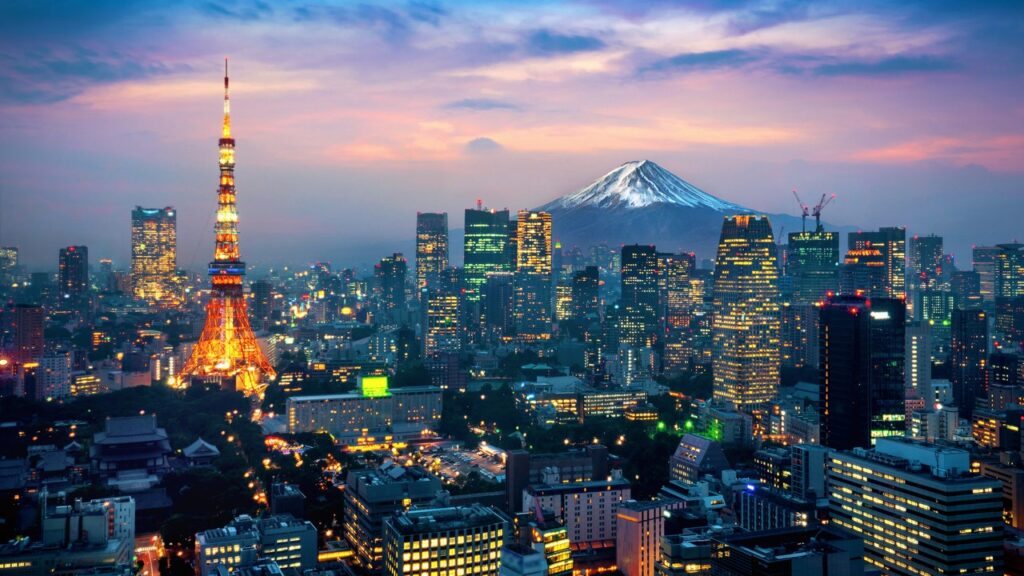On New Year’s Day, revelers, shrine-goers, and visitors alike in central Japan were rocked by a sudden earthquake that measured 7.5 magnitude on the Noto peninsula in the western Ishikawa prefecture, which subsequently triggered the country’s first tsunami warning since 2011’s deadly Tōhoku event. The 2024 quake is reported to be the country’s most powerful in several decades, according to the US Geological Survey, and the harrowing search for victims of the fires and collapsed buildings that it caused is still underway—with the death toll (at the time of this article’s publication) being over 150.
Despite the natural disaster’s seismic statistics, however, the casualties reported are far fewer than comparable examples around the globe like Turkey’s 7.8-magnitude earthquake in February 2023, which claimed over 50,000 lives. Much of that is due to Japan’s architecture. In preparation for the frequent quakes that occur in the nation, where four tectonic plates meet, Japan has adjusted its standards for structural engineering and strictly enforces them, turning past disasters into hard lessons for a safer future.
These changes first began a century ago, when a 7.9-magnitude earthquake in Yokohama, Japan, killed 140,000 people and toppled hundreds of thousands of structures in 1923. Because many of Japan’s older buildings are made of wood, they are not as equipped to handle frequent earthquakes as more contemporary concrete and steel structures can be. After the tragedy, the nation introduced seismic standards to its building codes, focusing on strengthening new and existing wood and concrete construction, particularly in urban areas. Since then, several updates to these laws now specify that all buildings in Japan must not collapse during an earthquake of any force, despite the amount of damage that they sustain during the quake. Architects and engineers can achieve this life-saving stability by using both reinforcing and isolating techniques.

